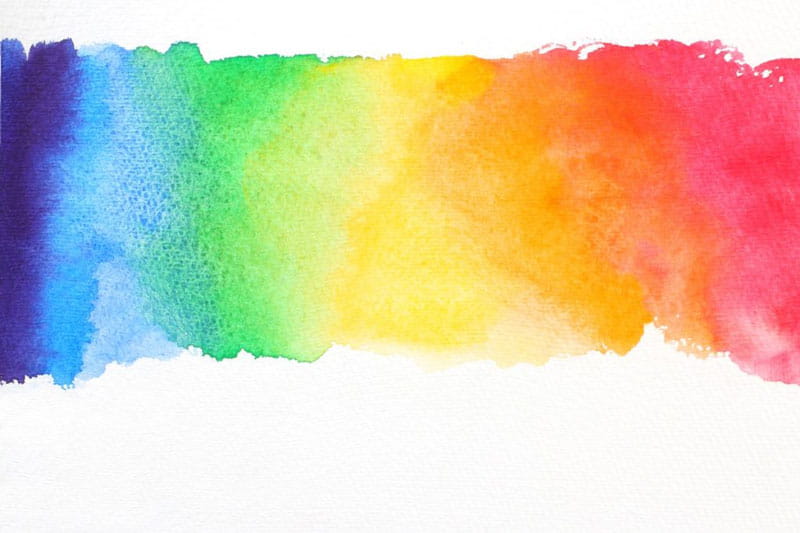Art is fun to look at but more fun to create. With a wide range of ways to create art, artists often prefer watercolor for creating unique art pieces. Not only is the process fun, but there are unlimited ways of using watercolor. Of course, you need to get the right tools for the job: watercolor paper, brushes, and paints. When getting started with watercolor, most artists pay attention to the necessary techniques they can employ for excellent results.
Painting using watercolor is fun, and the results you can get are amazing. However, any slight mistake during the preparation and painting sessions can ruin an entire picture. Here are some of the common mistakes that artists make when using watercolor and ways to avoid them:
Working on Damp Paintings
This is probably the most common mistake that beginners make. You should only work on dry or very wet paintings. That is because any alteration to a damp picture causes back-runs that ruin the existing under wash. No matter how back runs are useful in creating illusions, they are not necessary to all paintings. Therefore, keep that brush away until the picture is dry.
Too Much Work on the Painting
You could have concluded a great painting and needed to get more definition and detail. But alas! One more brushstroke and you ruin the entire canvas. After achieving your goals, pack up your art items and let the painting dry.
Outlining Objects
 When your painting needs to have a background, outlining visual art is essential to show the contrast. However, carelessly outlining will mess with the final look. To get realistic images, opt to combine soft and hard edges and vary the colors around objects. Alternating directions in which you stroke the brush will also affect the quality of the painting.
When your painting needs to have a background, outlining visual art is essential to show the contrast. However, carelessly outlining will mess with the final look. To get realistic images, opt to combine soft and hard edges and vary the colors around objects. Alternating directions in which you stroke the brush will also affect the quality of the painting.
Muddy Colors
Painting on damp layers of paint usually results in your colors appearing muddy, and it is unsightly. The only time you can add color is when the existing paint is dry or wet. If you observe that and still obtain muddy colors, there is a possibility you are combining more than one type of opaque paint. In that case, reduce the colors you are mixing.
Giving Up
Ask any artist: even the most magnificent paintings have been through the awkward stage. During this stage, the picture can seem far from the intended image. However, do not give up when you get to this stage. Keep painting, and you will be surprised by the result.
You might have the right tools and equipment for your watercolor paint project, but a slight mistake ruins the whole process and the final look of the painting. Take your time. Now that you are aware of the things that you should not do when painting, you are likely to create amazing pieces with ease. Remember that the right tools play a critical role in offering excellent results. Thus, source your equipment from a reliable supplier to be sure that they are high-quality and will not disappoint.




